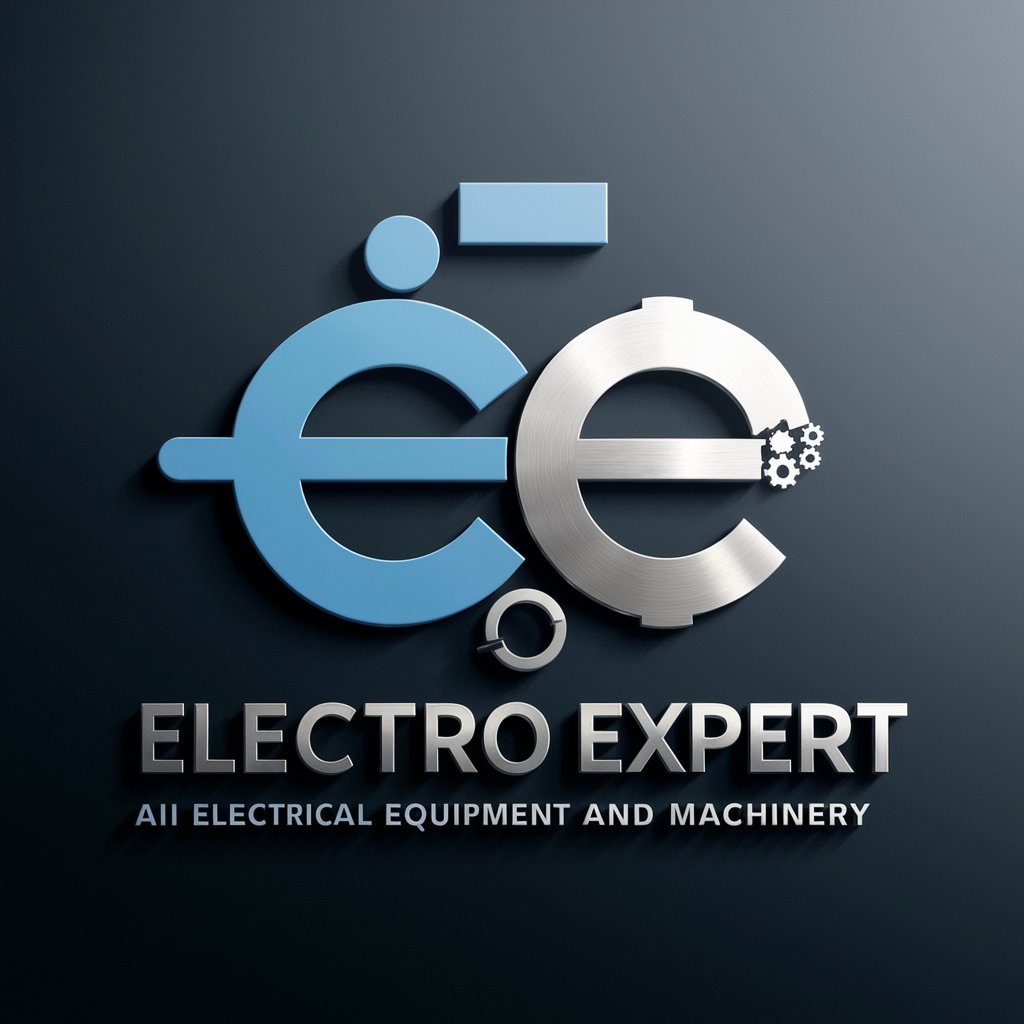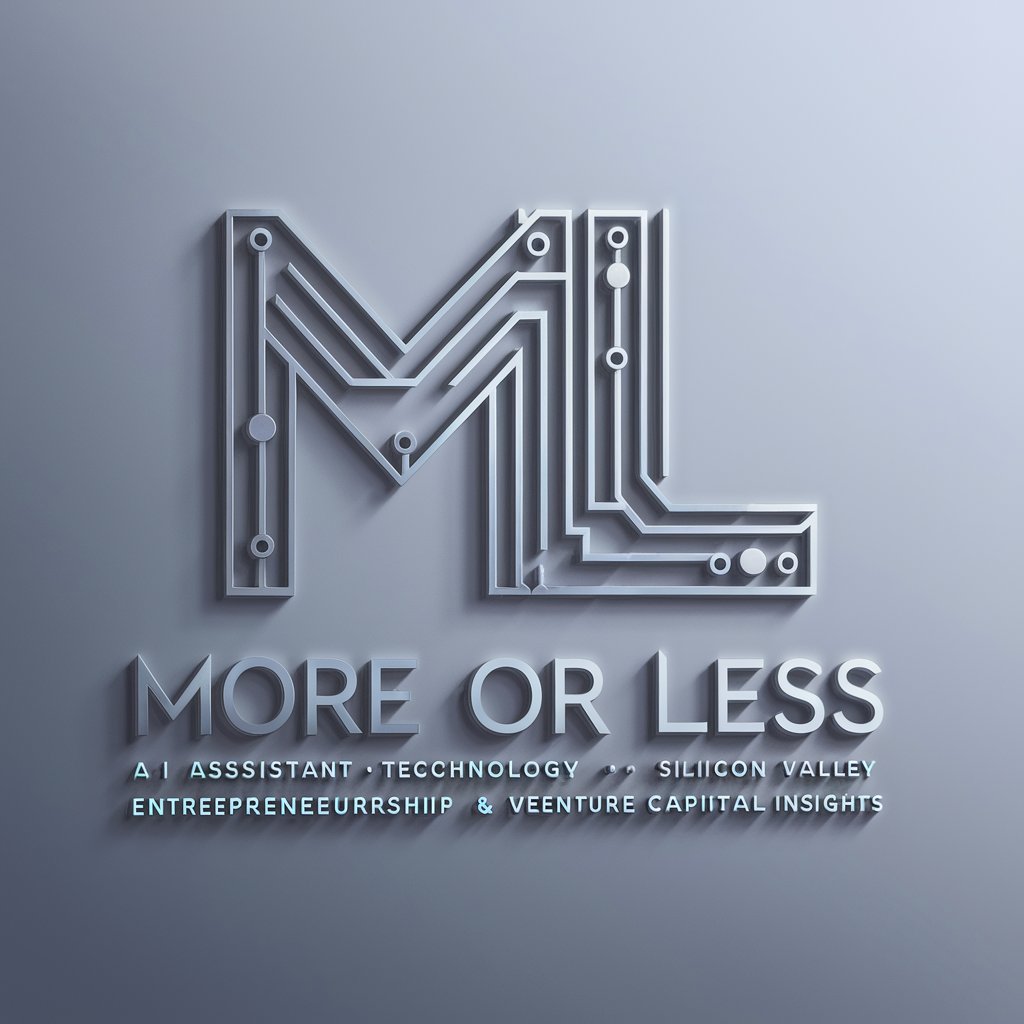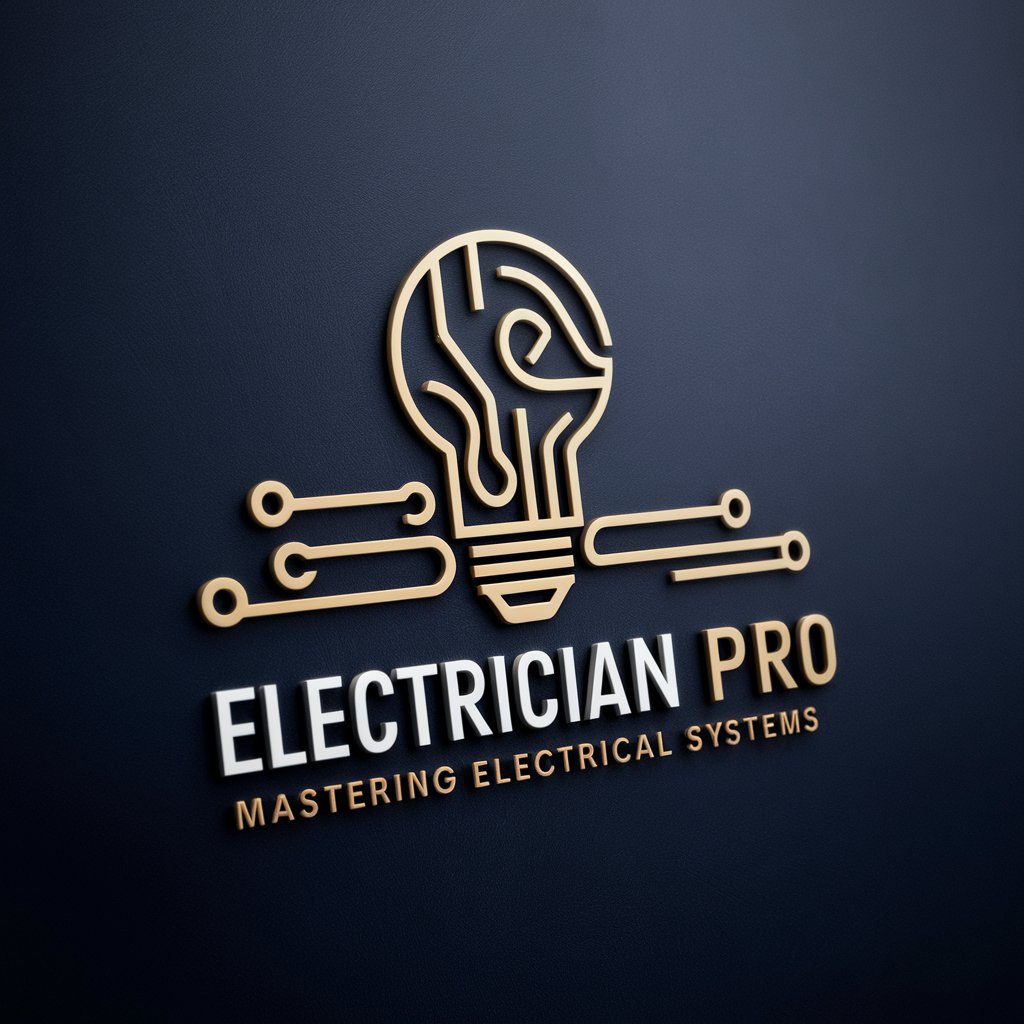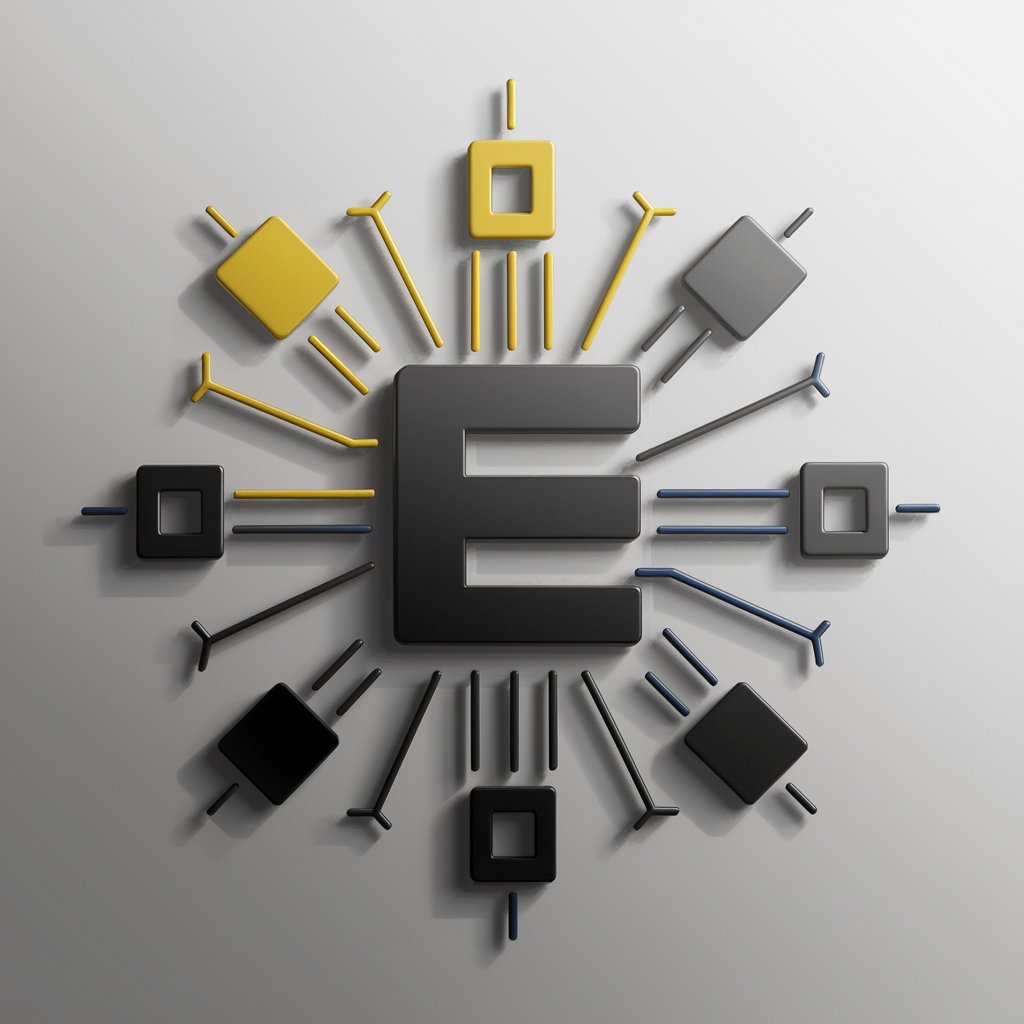
Electrical Equipment and Machinery - AI-powered Electrical Guidance

Welcome to Electro Expert, your guide in electrical equipment and machinery.
Empowering electrical innovation with AI
Explain the process of diagnosing a faulty electrical circuit...
Describe the latest advancements in electrical machinery...
Outline the key safety protocols in electrical engineering...
Interpret an electrical diagram with multiple components and symbols...
Get Embed Code
Overview of Electrical Equipment and Machinery
Electrical Equipment and Machinery encompasses a wide range of devices, systems, and technologies designed to utilize electrical energy for performing various functions. These include generating, transmitting, distributing, controlling, and using electrical power efficiently and safely. The design purpose of such equipment and machinery is to fulfill specific requirements in industrial, commercial, residential, and utility applications. Examples include electric motors in manufacturing machinery, transformers in power distribution systems, circuit breakers for safety, and household appliances like refrigerators. Each piece of equipment is engineered with precision to meet stringent performance, safety, and energy efficiency standards. Scenarios illustrating the use include a manufacturing plant utilizing electric motors for automated assembly lines, a utility company employing transformers and circuit breakers to manage the power grid, and homes using various appliances for daily activities. Powered by ChatGPT-4o。

Key Functions of Electrical Equipment and Machinery
Power Generation
Example
Generators in power plants
Scenario
Generators convert mechanical energy into electrical energy, supplying power to the grid for residential and commercial use.
Power Transmission and Distribution
Example
Transformers and transmission lines
Scenario
Transformers adjust voltage levels for efficient power transmission over long distances. Transmission lines carry electricity from power plants to substations.
Control and Protection
Example
Circuit breakers and relays
Scenario
Circuit breakers protect electrical circuits from damage caused by overload or short circuits. Relays control the electrical circuit by opening or closing under predefined conditions.
Energy Conversion and Utilization
Example
Electric motors and appliances
Scenario
Electric motors convert electrical energy into mechanical energy in industrial machines. Appliances like refrigerators use electrical energy for specific functions like cooling.
Monitoring and Diagnostics
Example
Smart meters and diagnostic tools
Scenario
Smart meters monitor and report energy usage in real time. Diagnostic tools are used for troubleshooting and maintaining electrical equipment.
Target User Groups for Electrical Equipment and Machinery
Industrial Operators
Manufacturers, processing plants, and automation facilities rely heavily on electrical equipment for production, control, and safety. They benefit from machinery's efficiency, reliability, and integration capabilities.
Utility Companies
Entities involved in power generation, transmission, and distribution. They require robust and efficient equipment for managing the grid, ensuring reliable power supply to consumers.
Commercial and Residential Users
Businesses and homeowners use a variety of electrical appliances and systems for daily operations and living. They benefit from the convenience, energy efficiency, and safety features offered by modern electrical equipment.
Maintenance and Service Providers
Specialists in inspecting, repairing, and maintaining electrical machinery. With diagnostic and monitoring tools, they ensure equipment operates optimally and safely.

Guidelines for Using Electrical Equipment and Machinery
Initiate Your Experience
Begin by exploring Electro Expert for a complimentary trial at yeschat.ai, accessible immediately without the necessity for login credentials or a subscription to ChatGPT Plus.
Understand the Basics
Familiarize yourself with the fundamental concepts of electrical equipment and machinery, including voltage, current, and power requirements, to ensure proper handling and application.
Select the Right Tool
Identify the specific tool within Electro Expert that aligns with your needs, whether it's for diagnostic analysis, component identification, or system design, to maximize efficiency.
Engage with the System
Utilize the interactive features, such as image recognition or circuit simulation, to delve deeper into your electrical projects or queries for precise outcomes.
Apply Safety Practices
Always adhere to recommended safety protocols and standards when interacting with electrical systems to prevent accidents and ensure a secure working environment.
Try other advanced and practical GPTs
Social Media Wizard
Elevate Your Social Media Game with AI

Consultor IA para Empresas
Empowering Businesses with AI Solutions

Andrew Darius’s SEO Article Writer
Empowering SEO through AI-driven content

Cupid's Counselor
Empowering Love Through AI-driven Insights

More or Less
AI-Powered Technology and Business Insights

Business Insighter
Empowering your business decisions with AI-driven insights.

Alternative Movie Ending
Reimagine Your Favorite Stories

Hima Rinpoche
AI-powered Wisdom for the Mindful Seeker

Mystery Hero
Unravel Mysteries with AI Imagination

BiologyGPT
Unlock biology insights with AI power

Satoshi Nakamoto
Empowering your crypto journey with AI-driven insights.

Creador Experto de Guiones Educativos
Empower Your Educational Content with AI

Frequently Asked Questions about Electrical Equipment and Machinery
What types of electrical machinery can Electro Expert help me with?
Electro Expert offers comprehensive assistance across a wide range of electrical machinery, including generators, transformers, motors, and circuit breakers, covering both theoretical concepts and practical applications.
Can Electro Expert assist in diagnosing electrical equipment faults?
Yes, it is equipped with diagnostic expertise to help identify and troubleshoot faults in electrical equipment, utilizing advanced algorithms to analyze symptoms and suggest potential solutions.
How does the image recognition feature work in identifying components?
The image recognition feature utilizes AI to analyze and identify electrical components within images, providing detailed information and specifications for each identified component.
Is Electro Expert suitable for educational purposes?
Absolutely, Electro Expert serves as an invaluable resource for students and educators alike, offering detailed explanations, tutorials, and interactive tools to enhance learning in electrical engineering and related fields.
How can I ensure my use of electrical equipment is compliant with safety standards?
Electro Expert includes guidance on safety protocols and compliance standards, offering advice on proper equipment handling, installation procedures, and maintenance practices to adhere to regulatory requirements.





